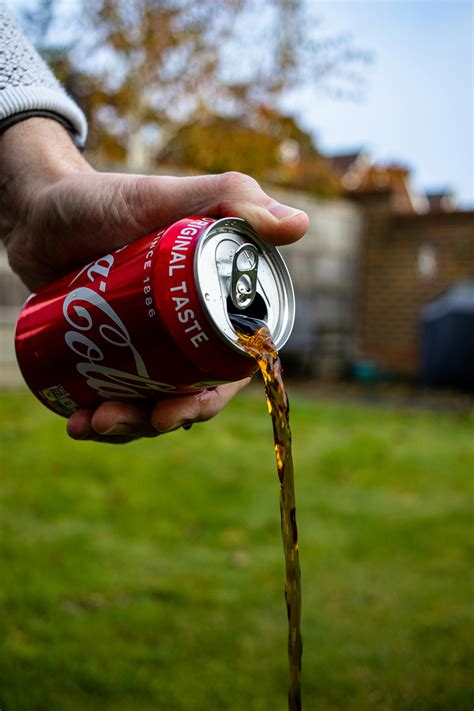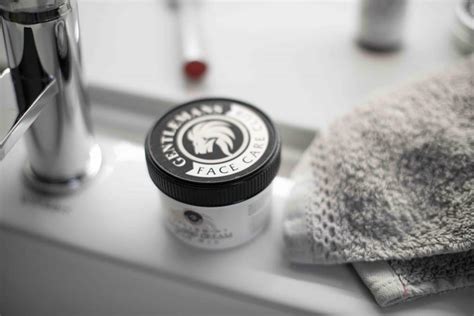Optimal shave technique to prevent irritation for peak professional grooming?
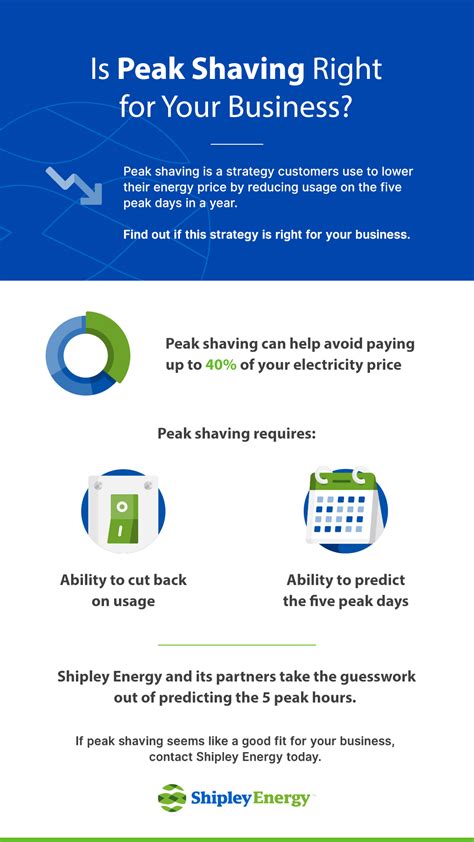
The Imperative of an Irritation-Free Shave for Professionals
For individuals in professional roles, presentation is key. A clean, smooth shave without redness, bumps, or razor burn is not just about comfort; it’s a critical component of projecting confidence and meticulousness. Irritation can detract significantly from an otherwise immaculate appearance, making the pursuit of an optimal, irritation-free shave an essential grooming skill.
Many men dread shaving due to the common pitfalls of razor burn, ingrown hairs, and general discomfort. However, with the right knowledge and practice, these irritations can be largely eliminated, transforming a dreaded chore into a satisfying ritual that contributes positively to your daily professional readiness.
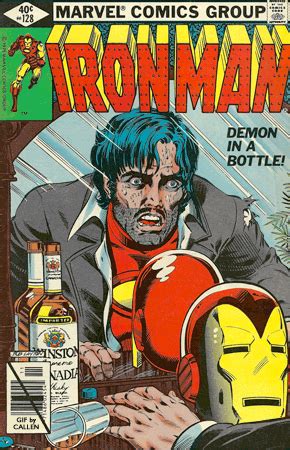
Phase 1: Meticulous Pre-Shave Preparation
The foundation of a great shave is laid before the blade even touches your skin. Proper preparation softens the hair, lubricates the skin, and creates an optimal surface for shaving.
Cleanse and Exfoliate
Start with a warm shower or wash your face with warm water and a gentle facial cleanser. This helps to remove dirt, oil, and dead skin cells that can clog pores and dull your razor. Exfoliating 2-3 times a week (not immediately before every shave, especially if you have sensitive skin) can also prevent ingrown hairs by freeing trapped stubble.
Hydrate and Soften
A hot towel applied to the face for a few minutes can work wonders in softening the beard hair and opening pores. This makes the hairs easier to cut and reduces resistance, minimizing tugging and pulling. Follow this with a quality pre-shave oil, which creates a protective barrier between your skin and the razor blade, further reducing friction.
Build a Rich Lather
Use a high-quality shaving cream or soap, ideally applied with a badger or synthetic brush. Work up a rich, dense lather in a bowl or directly on your face. A good lather lifts the hairs, provides additional lubrication, and helps the razor glide smoothly. Ensure full coverage of the area you intend to shave.
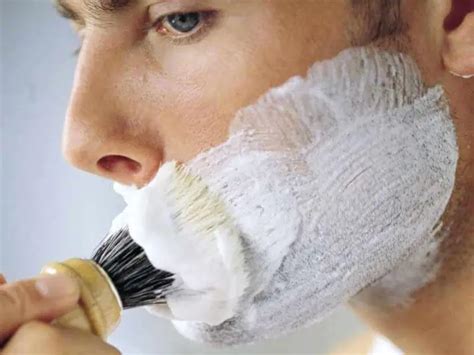
Phase 2: The Art of the Shave – Technique and Tools
With proper preparation complete, focus turns to the actual shaving technique. Precision and gentleness are key.
Razor Choice and Blade Sharpness
Whether you prefer a multi-blade cartridge razor, a safety razor, or a straight razor, ensure your blade is sharp. Dull blades are a primary cause of razor burn and irritation. Replace cartridge blades frequently (after 5-7 shaves) or a safety razor blade after 1-3 uses, depending on your beard and skin sensitivity.
Shave with the Grain
Always start by shaving with the grain (in the direction your hair grows). This is the golden rule for preventing irritation, especially for those with sensitive skin. While shaving against the grain might give a closer shave, it significantly increases the risk of razor burn and ingrown hairs. For a closer second pass, consider shaving across the grain, but only if your skin can tolerate it.
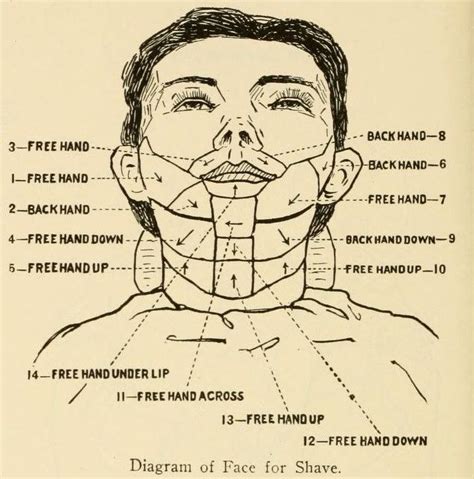
Light Touch, Short Strokes
Let the weight of the razor do the work. Apply minimal pressure. Pressing down too hard pulls at the skin and hair, leading to nicks and irritation. Use short, controlled strokes (about 1-2 inches) and rinse your razor frequently under warm water to clear away accumulated hair and lather. Re-lather if necessary for subsequent passes.
Stretch Your Skin
Gently pull your skin taut with your free hand. This creates a flatter surface, allowing the razor to cut the hair more effectively and smoothly, reducing the chances of skips and uneven passes. Be particularly mindful around sensitive areas like the neck and jawline.

Phase 3: Post-Shave Care for Lasting Comfort
The shave isn’t over until you’ve properly treated your skin afterward. This final phase soothes, hydrates, and protects.
Rinse with Cold Water
After your final pass, rinse your face thoroughly with cool or cold water. This helps to close pores, calm the skin, and remove any lingering lather or stubble. Pat your face dry gently with a clean, soft towel – avoid rubbing.
Soothe and Protect
Apply an alcohol-free aftershave balm or moisturizer. Alcohol-based aftershaves can dry out and irritate the skin, especially after a shave. Look for balms with soothing ingredients like aloe vera, witch hazel, or chamomile, which help to reduce redness and replenish moisture. This step is crucial for preventing dryness and irritation throughout the day.

Conclusion: Master the Ritual, Master Your Professional Image
Achieving an optimal, irritation-free shave for peak professional grooming is not an elusive goal but a tangible outcome of adopting a deliberate and mindful approach. By investing in proper pre-shave preparation, mastering gentle shaving techniques, and committing to diligent post-shave care, you can transform your daily shave from a potential source of discomfort into a refreshing ritual. Embrace these practices, and you’ll not only enjoy a consistently smooth and comfortable complexion but also project an unparalleled image of professionalism and attention to detail.
